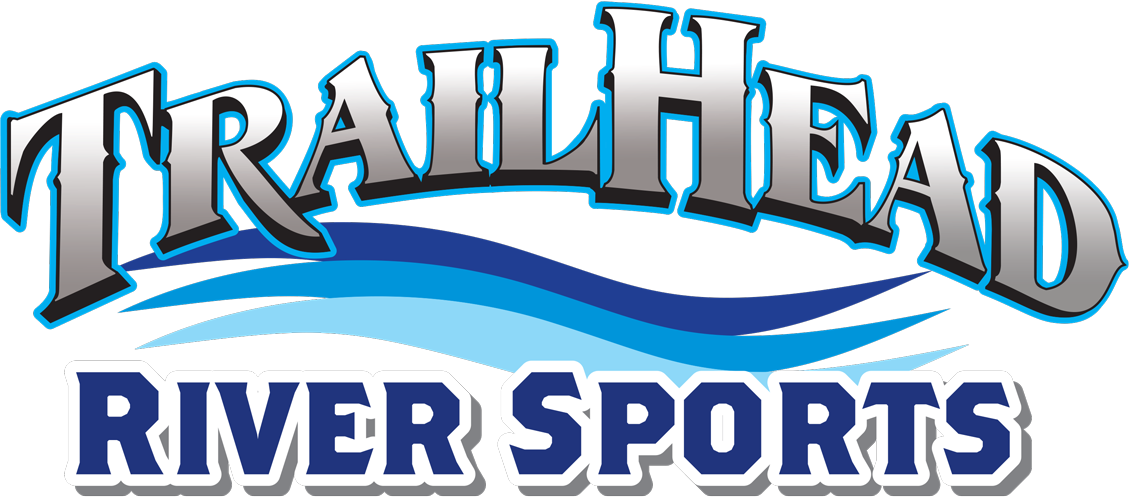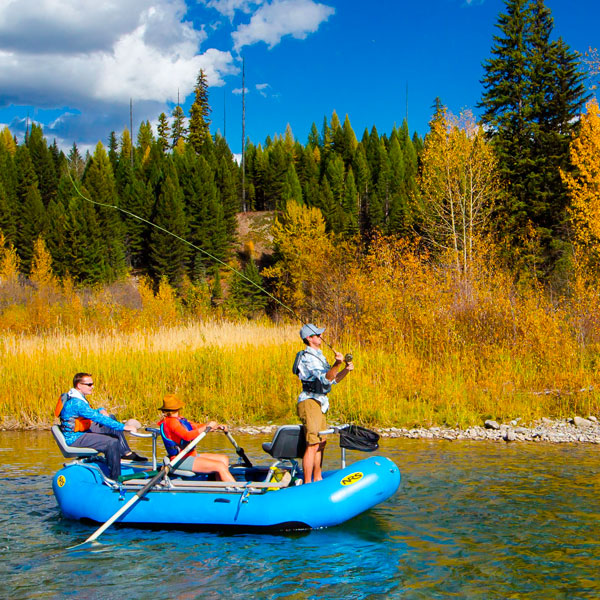So you’ve decided you’re in the market for a new canoe. Maybe your old trusty steed is finally about to kick the bucket, or maybe you’re a first time buyer. Either way, the wide world of canoes can appear deceptively simple at first. A canoe is a canoe, right? Not quite. Length, width, and material all impact the performance you’re going to get out of your canoe. And that doesn’t even include your preferred choice of paddle. Luckily, here at Trail Head River Sports, we’ve got your back with a quick and dirty primer on canoe basics.
Understanding terminology of canoes is really a prerequisite for being able to understand canoe design.
Click here for a simple list of terms that make understanding canoe design much easier.
Shape is the defining factor of canoe basics. The first component of shape is length. A shorter canoe offers a superior turning radius, whereas a longer canoe will track better and tout great paddling efficiency. Width plays a role, too. The wider a canoe is the better its ‘initial stability’ will be. ‘Initial stability’ refers to how wobbly a canoe is when you first hop in the cockpit. That ‘initial stability’ comes at a cost, though. Similar to canoe length, wider boats are less efficient in the water, making a long and narrow canoe the best choice if you’re going for distance on a lake. Additionally, while narrow canoes may suffer from reduced ‘initial stability’, they do offer good ‘secondary stability’, meaning once you reach cruising speed they become nearly as stable as a wider canoe. ‘Secondary stability’ is particularly handy on rivers in quickly moving water. In general if a canoe is exceptionally good and one thing (say going fast) it is inherently bad at something else (turning) so understanding that canoe shape will greatly affect what a canoe does well will help you make a good decision on what kind of canoe shape you want.
Canoe basics doesn’t just encompass shape. Canoes also vary greatly in material type. The heaviest and least expensive material used is plastic or polyethylene. Polyethylene canoes come in several styles. Some employ aluminum ribs and keel supports for added stability, whereas others feature a more complex three-layer roto-molded construction. This three-layer construction is quite resistant to hard shocks, like a rock impact, making it a preferred choice for some whitewater canoe constructions, although they suffer in the efficiency category and long-term resistance to the elements.
T-Formex, the newer version of an older common canoe construction material called Royalex is slightly stiffer than Royalex was and big surprise more expensive. The additional stiffness and great durability of Tformex in addition to the great impact resistance make T-Formex a great choice for canoes designed for river use where bouncing off a few rocks is part of the game.
Composite boats are canoes manufactured using a base fabric and an epoxy to create a rigid material. Common composite boat materials are Fiberglass, Kevlar, and Carbon. Many composite boats use a blend of materials both for cost and weight savings. For example, some Wenonah canoes rely on a proprietary ‘composite’ blended construction called flexcore. As a rule of thumb, a higher price tag will typically net you lower weight, better performance on the water, and increased ease of repair.
Paddle choice steps up the complexity factor even more. Unlike SUP paddles, canoe paddle sizing doesn’t rely on user standing height. Rather, your torso length and sitting height are the most important factors. From here, it’s a matter of individual preference and comfort. Canoe paddles come in two types, bent and straight shaft. While oftentimes more costly, bent shafts offer better efficiency and ergonomics as the blade cuts through the water. Bent shafts tend to excel best in flat water, and are generally never used in whitewater. Like canoes themselves, paddles are constructed from a variety of materials. Wood laminates, aluminum, plastic, or composites like fiberglass or carbon are a few of the industry standards. These materials vary in weight, stiffness, and cost.
Before you decide to buy a new canoe you’ve got to ask yourself what you intended to use it for. Going fishing? Maybe aim for something short and wide to secure the most stability. Want to make it to the end of Salmon lake and back in one day? Perhaps a long and narrow canoe is best. Hoping for easy transport? Pick up a Kevlar or composite canoe and go light. Feeling daunted by the depth of canoe basics? Don’t forget to stop by our shop and consult our team if you need additional help.


